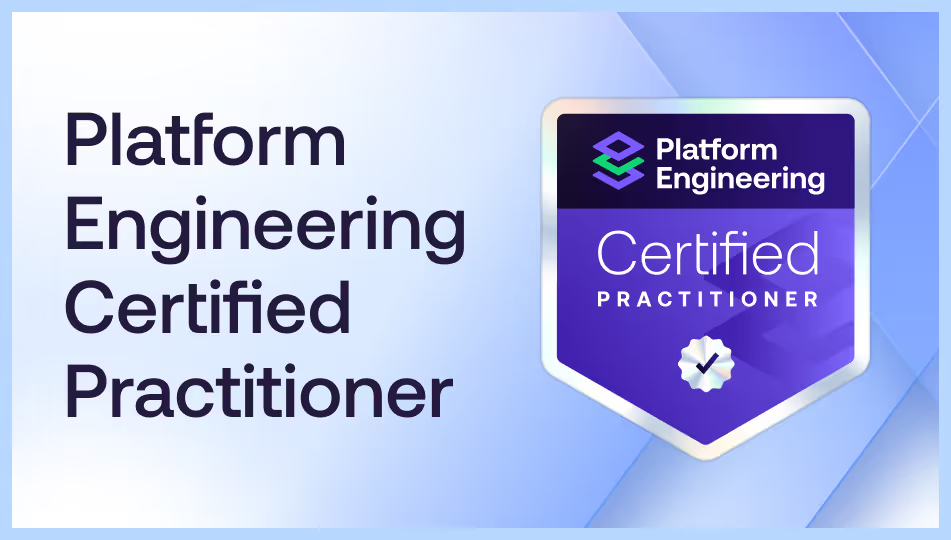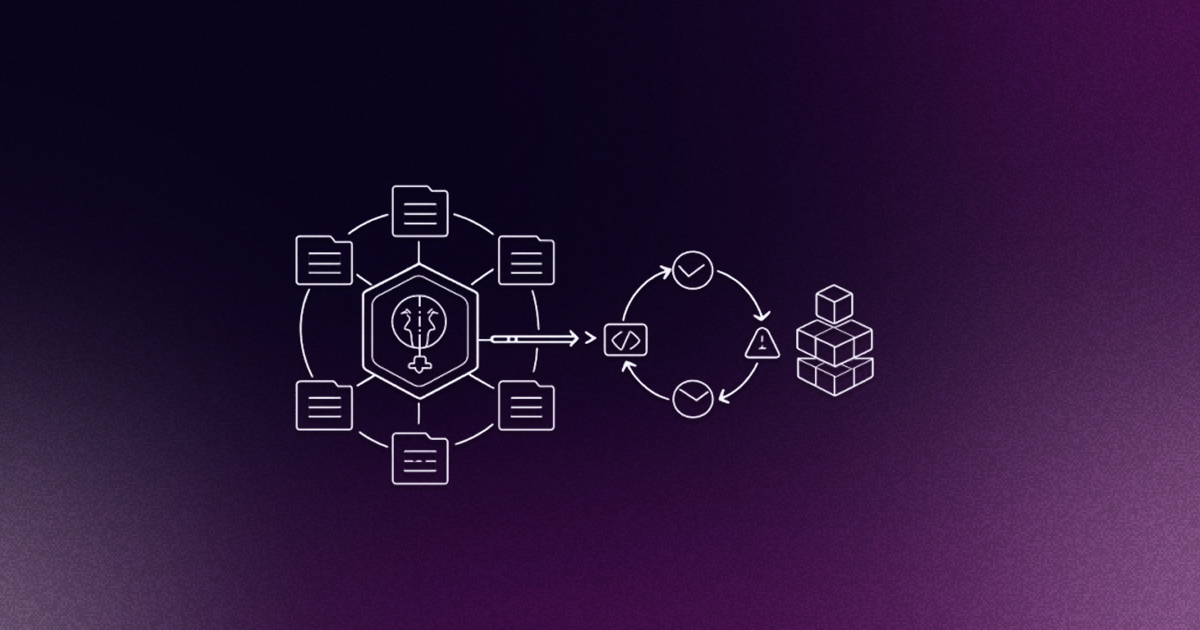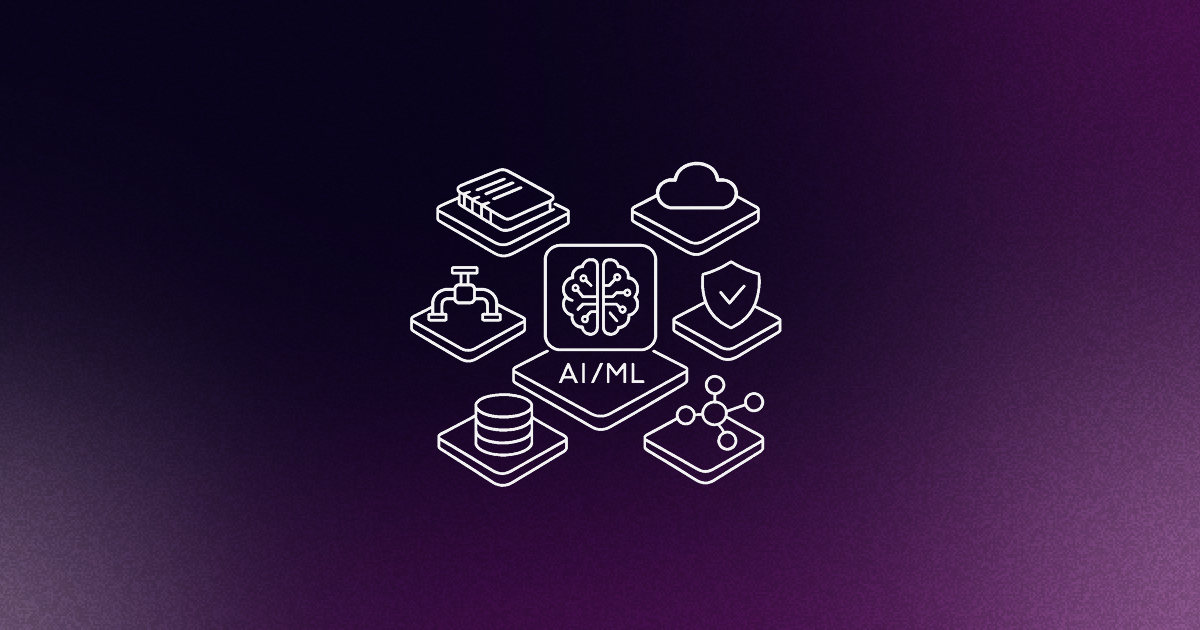Whether you are a CTO, CIO, VP of engineering or broadly an engineering leader, you will likely have witnessed your organization getting more and more expensive every year. According to Gartner, IT spending is growing 6.8% YoY in 2024, and an increasing number of technical C-levels need to justify this exploding cost base constantly to their CFOs and C-level colleagues. And they need to do so even when, while costs grow, most metrics are not necessarily improving. In many engineering organizations, developer productivity is actually dropping, alongside flat DORA metrics and slower time to market (TTM).
There are several factors behind why this is happening. Cloud providers keep raising prices across the board, for example Azure and Microsoft Cloud who increased 15% YoY in 2023. This is made worse by cloud-native toolchains that are increasingly complex and disjointed, affecting developer experience and productivity while accelerating cost explosion.
At the same time, companies need to keep up with salary increases that are still outpacing inflation, such as Kubernetes engineers’ comp growing 10-15% YoY in 2023. This is in contrast to a Gartner analysis, which found that “35% of organizations say their 2024 merit increase budgets will remain unchanged from 2023, while 19% plan to decrease or have already decreased their budgets. Only 11% of organizations say that they will increase their merit budgets for 2024. Employees, on the other hand, are expecting an increase of over 7%. This is a potential source for disappointment as most employees will expect their increase to match inflation”.
Attracting and retaining top tech talent with reduced budgets and benefits, while also trying to streamline complex cloud native toolchains that make your cloud bill explode, will prove challenging for many engineering leaders.
Experts, experts: worth it?
On top of that, it seems engineering orgs need a new expert every day. You need CI experts, CD experts, IaC experts, and Kubernetes experts. The median Terraform engineer earns 145,600 USD, and Kuberntes engineers make between $144,030 and $202,202, growing pretty fast as we have seen above. And don’t forget your database admins and the soon-needed AI experts you’ll have to hire.
The question many CTOs ask is, do all these experts even make sense in their org and are they actually making things better or worse? So many teams planned to migrate to the cloud in the last few years, then usually got stuck in some hybrid setup where you now have two of everything. An expert for the old world and one for the new world. Or maybe you have a cloud ops team that needs to spend most of their time managing legacy systems.
Developers are confronted with disjointed toolchains with too many ad hoc solutions and custom integrations that are hard and expensive to maintain. There are 400 different configurations for a Postgres in staging, each app dev team uses their own conventions, and it’s not clear what the latest security and compliance vetted version is. Infrastructure and operations (I&O) teams are overwhelmed trying to maintain everything and keep the ship sailing. Shadow ops naturally emerges across the individual product teams, and there’s a general sprawling of tooling and configurations with no transparency between teams and business units.
The engineering organization becomes increasingly expensive and less efficient. The more devs you hire, the more Ops you need. And everyone seems to be coming in with a new tooling request they desperately want. There’s a general lack of vendor management and you end up paying for competing tools across teams.
Time for platform engineering
If the challenges above sound too familiar, it might be worth taking a look at what platform engineering can do to help.
Platform engineering is the discipline of taking your tech and tools and binding them into paved roads for app developers that reduce cognitive load by abstracting the underlying toolchain complexity. The sum of these golden paths and the end product of a platform engineering initiative is an Internal Developer Platform, or IDP.

An IDP is designed to transform your disjointed toolchain into a well-oiled machine that removes pressure from I&O teams, by letting them standardize workflows and configurations while automating developer requests. This kills ticket ops and waiting times for developers.
Rolling out an IDP gives you the opportunity to achieve both hard cost savings and clear productivity gains. And while tech leadership might be more interested in productivity gains, creating hard savings at the same time can provide you with an opening for closer alignment between CTOs and other executives e.g. CFOs.
Hard savings include:
- Team restructuring thanks to a higher degree of automation
- Lower maintenance costs thanks to a higher degree of standardization (e.g., a handful of vetted Postgres config files instead of 400)
- Lower cloud bills due to improved visibility and fewer wasted resources
- Consolidation of tech stack, retiring legacy where possible
- Meeting SLAs and fewer penalties due to automatically enforced security best practices
- Talent retention by enabling self-service of the latest technologies without high cognitive load and frustration between teams
Efficiency gains (soft savings) include:
- Improved developer experience (DevEx)
- Higher developer productivity and quicker innovation cycles
- Faster TTM, higher customer satisfaction and retention
- Standardization of workflows
- Automation of repetitive Ops tasks
- Faster developer onboarding
- Minimized vendor lock-in
How to get started
Many enterprises are now looking at platform engineering as a concrete solution to get costs back under control while also improving productivity and employee retention. However, it’s crucial to plan adoption the right way. Platform initiatives touch many different parts of your toolchain and organization and require buy-in from multiple stakeholders (app developers, architects, security, I&O teams, execs).
Successful platform engineering initiatives start small and iterate quickly. They use the Minimum Viable Platform (MVP) framework to move fast and prove value to all key stakeholders. MVPs establish a baseline of metrics that need improvement and actually matter to both developers and I&O teams, then show material improvement on those metrics within weeks instead of months or years.
Platform engineering adoption will mark the difference between top performers and engineering orgs that will be left behind, stuck with disjointed toolchains and no cross-team collaboration and a Minimum Viable Platform is the best way to ensure effective adoption.











